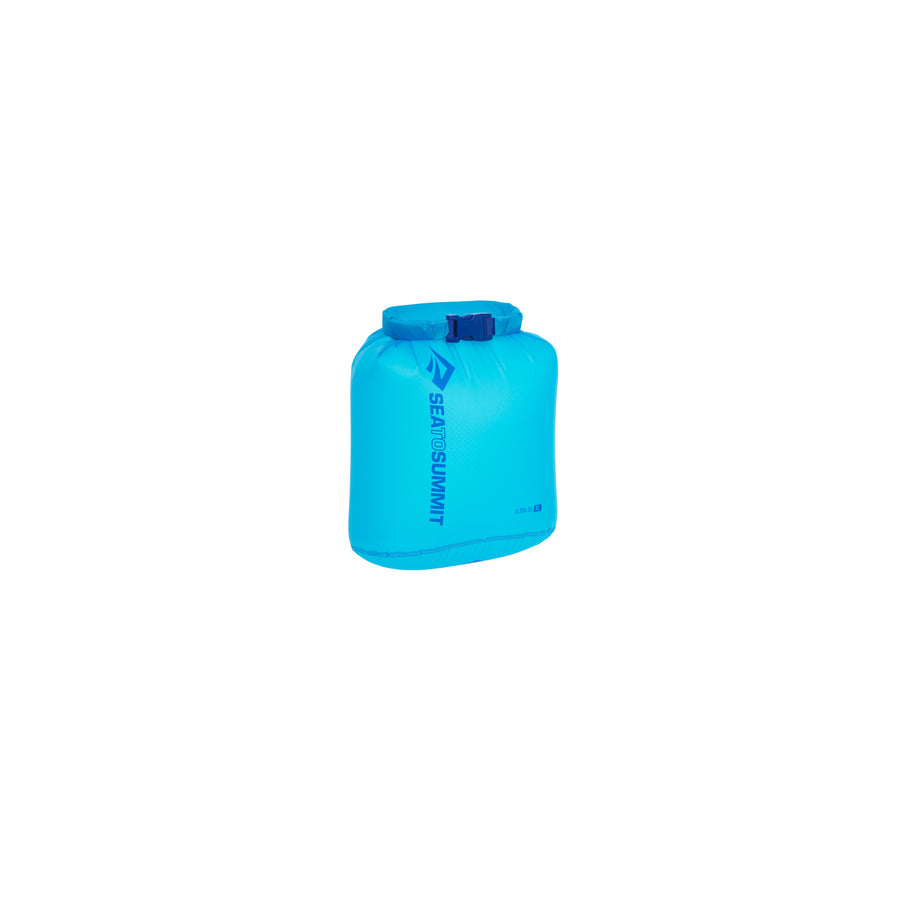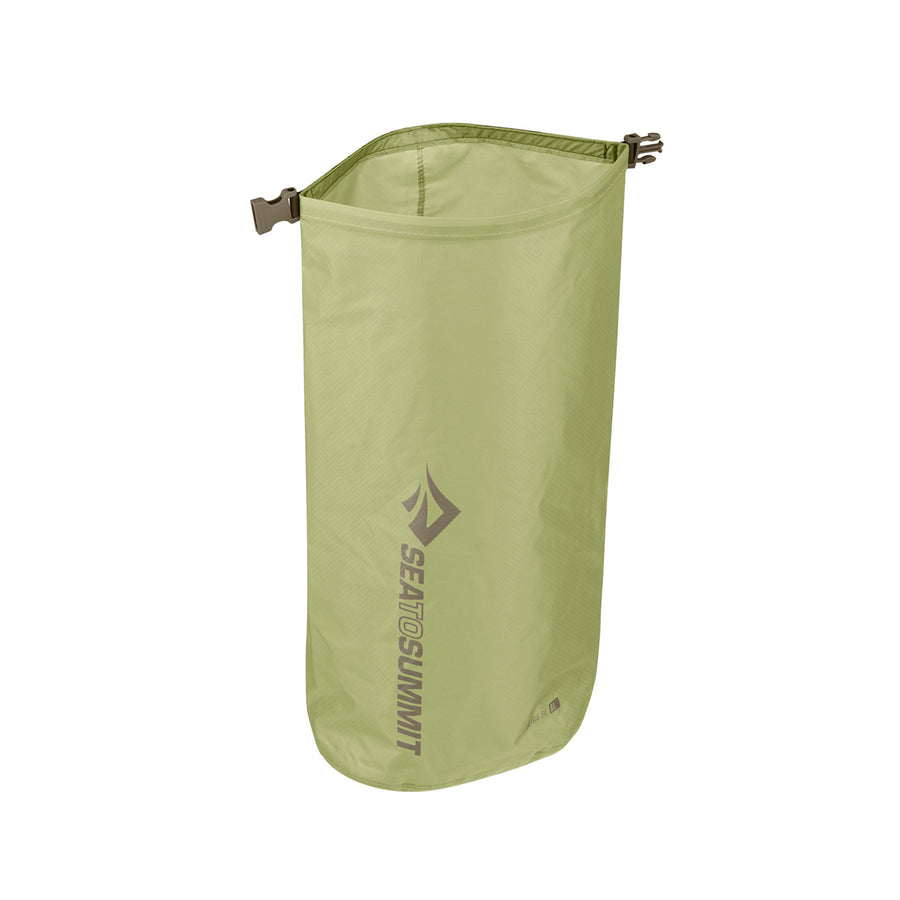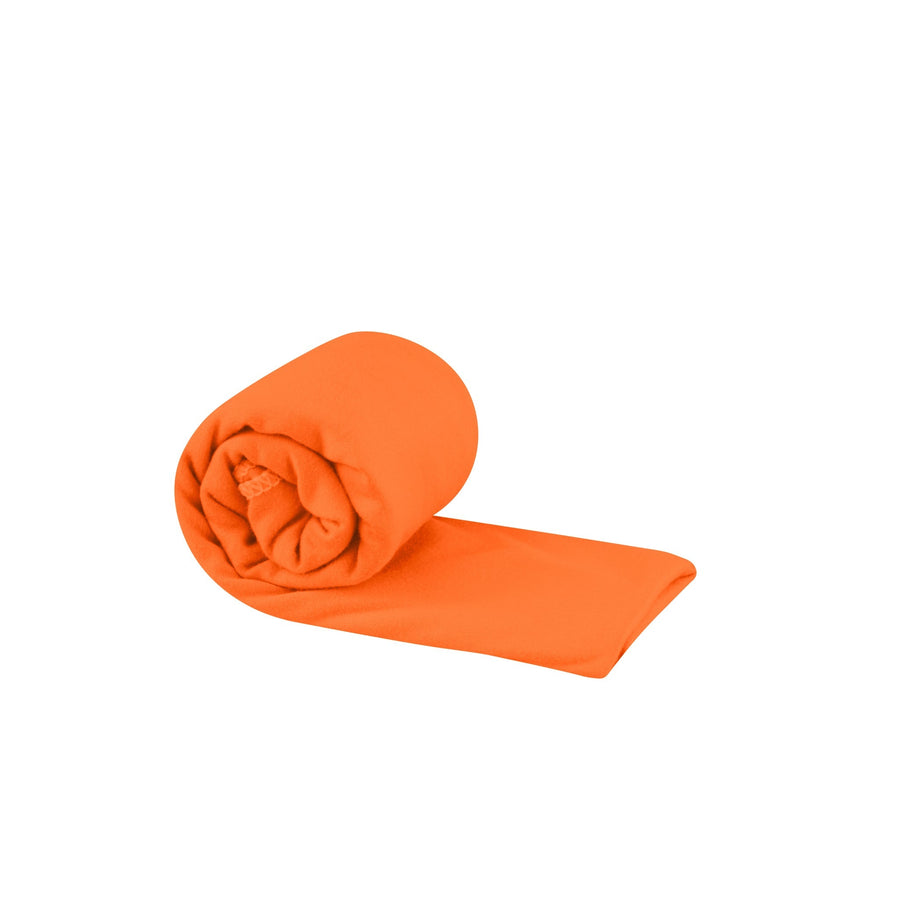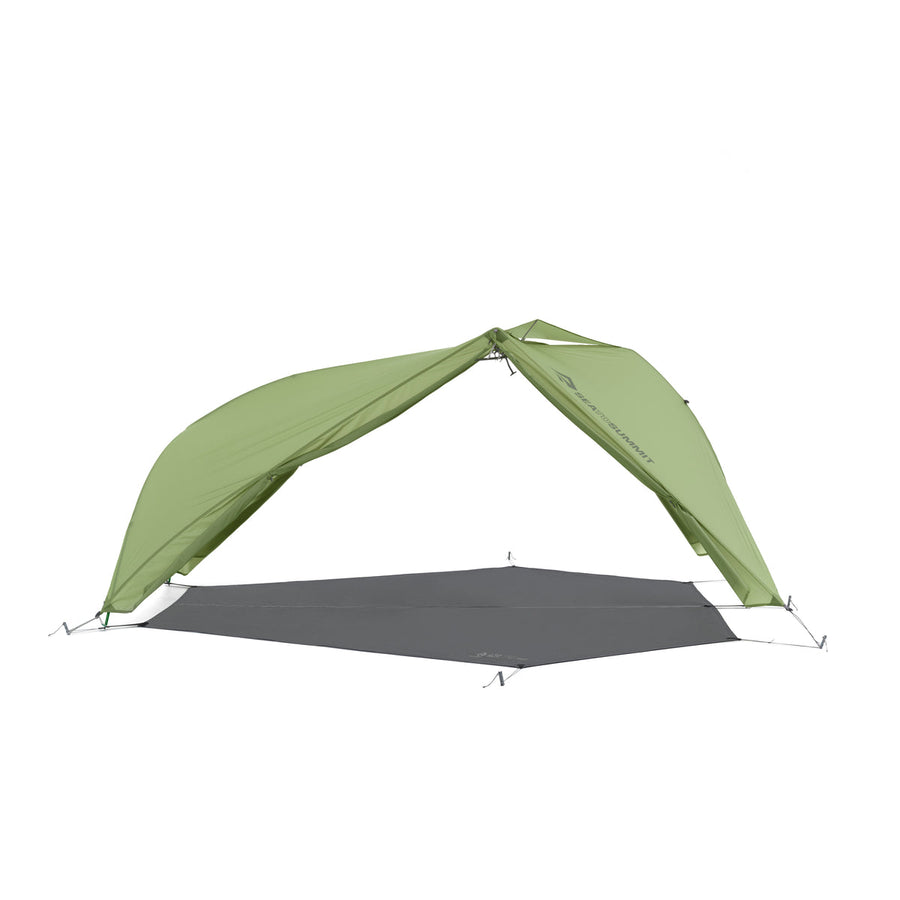What's a sleep system?

Us outdoor gear designers, we talk a lot about ‘sleep systems’ these days.
It’s just a natural evolution of the design process. When you’ve spent as much time engineering sleeping products as we have, you have a lot of time to think about how one component affects another—and how they could integrate better.
SLEEPING BAG + MAT + LINER + PILLOW = SLEEP SYSTEM

A lot of outdoor companies mean different things when they talk about ‘sleep systems’. For us, we’re referring to how four crucial bits of gear work together—your sleeping bag, sleeping mat, sleeping liner and pillow.
If you want peak performance from your sleep set-up, consider how these four components integrate with each other. That way, you’ll end up with a sleep system that will be compact, light, warm and comfortable enough for many adventures to come.
Here’s what to consider when building your sleep system.
YOUR OPTIMAL TEMPERATURE
Your sleeping bag, mat and liner all work together to insulate you from the elements. Think about how these three components all add up to your ideal sleeping temperature, instead of just going for the warmest bag on offer.
Try to avoid buying a sleeping bag without knowing what kind of mat you’re going to pair it with. A good sleeping bag on an inadequate sleeping mat won’t insulate you from the cold, hard ground. And when the mercury drops below the frost threshold, the ground may be a lot colder than the air.
PRO TIP: Remember the EN rating for your sleeping bag was calculated when it was paired with a mat with an R-value of 4. If your mat has a lower R-value, your bag won’t perform the same way.
Liners play an important role in the insulation equation too. Your mat and bag need to work together to cater for the coldest air and ground temperatures you’ll be sleeping in. But what if you only sleep at these colder temperatures once a year—and the rest of the year in warmer climates? You could end up paying for, and carrying around, a lot more insulation than you need.
If you only need to brave colder temperatures every so often, you can add warmth to your bag with a liner like our Reactor or Reactor Extreme Thermal Liners or a Spark 0.
THE RIGHT WEIGHT + PACKED SIZE

There are a lot of adventures that will require you to carry all your kit on your back, your bike or your kayak—and weight and packed size will be important on these kinds of trips. You start to feel those extra grams when you’ve been hauling around your kit for days, weeks or months at a time.
Think of how much weight you want to carry in total. Now, how do you want to distribute that weight allowance across your sleep system? If you have a heavier synthetic bag (they’re great in wet conditions), you might want to pair it with the lightest mat. Want to spring for the deluxe pillow and fleece liner? A minimalist down bag and ultralight mat might even out the scales.
All our gear is designed to be lightweight and compact—but if you’re trying to shave off as many grams as possible, think about how you want to invest your weight allowance across your whole sleep system.
A SLEEPING BAG THAT LASTS LONGER
A high-quality sleeping bag can be a big investment, so you want to care for it to ensure it maintains its peak performance for longer.
Caring for your sleeping bag means keeping it clean. Dirt and oils can make their way from the outer fabrics to the insulation—affecting its ability to loft up and keep you warm. A liner is going to keep your bag cleaner for longer, allowing your bag to maintain its peak performance on long-haul expeditions and buying you more time between washes.
PRO TIP: Learn how to properly wash a down sleeping bag and a synthetic sleeping bag to get the most out of your investment.
SERIOUS COMFORT

Don’t underestimate how important comfort is on the trails. It’s the little things that can keep you tossing and turning all night—from a pillow that keeps moving around your mat to a fitted mummy-shaped liner that stops you from stretching out in your roomy sleeping bag.
Well-designed sleeping gear should integrate to eliminate these little annoyances. Take, for instance, our PillowLock System. One downside of an ultralight pillow is that a sudden gust of wind can have it sailing off on its own adventure. Our mats come standard with our PillowLock™ patches, which secure your pillow to the top of your mat for a slip-free sleep. Look out for features like this that can optimise your rest and recovery on your outdoor adventures.
FIND YOUR PERFECT SLEEP SYSTEM
There are a lot of factors to consider when setting up the perfect sleep system for your outdoor exploits—from terrain and temperature to physiology and activity.






































